Calcarenite Series is a project intimately linked to nature, materials and traditions of my motherland, Salento, southern Italy.The term “Calcareniti of Salento” encompass all those Plio-Pleistocene calcarenitic sediments known under the generic and improper name of “tufi”. Usally they are found in the form of calcareniti or bioclastic limestones, medium fine-grained, colored from light gray to reddish, often porous and rich in microfossils of marine origin.
The area of Salento peninsula, since prehistoric times, has witnessed the growth in size and number of scattered through the territory quarries involved in the extraction of limestone. They appear as a typical open quarry, very similar to an amphitheater within which the material is directly cut into rectangular blocks of various sizes. Limestone is a traditional material, mainly used for small-sized construction works, being rather tender, unresistant to compression and very porous.
Currently most of the quarries are inactive although acting a pitiful role in major environmental everyday disasters being frequently used as sites of illegal dumping. The old disused quarry, near the town where I grew up, has always exercised a strong attraction over me. Such a wild place to explore. During one of my recent explorations I found some material for a potential project: heaps of blocks of limestone, waste material from the old mining.I was fascinated by the beauty of the material, observing how time and climate exposure could have shaped such chromatic changes and natural textures on the surface of the blocks.
I noticed indeed that the arrangement of the blocks in the piles leads to different exposures to the elements for the material determining thus different levels of oxidation and formation of mosses and lichens on every single block.At the beginning of the project I looked for suitable material, basing my choices on the aesthetic qualities of the surfaces and mainly relying on instinct to imagine and foresee the future shapes of objects from the raw material.Selected materials then inspired me forms, gestures, and tools.
Every single item has been carved using traditional techniques and tools: a hammer, a chisel, a saw, a rasp and lots of patience. I found necessary to approach primitively, in the sense of instinctive, no separation between what you think and what you do, and I instructed myself while trying and experimenting.
All the pieces of the collection are characterized by a strong color contrast between the external “scab” and material came to light after processing. I thought it was appropriate to highlight these contrasts by applying a layer of white plaster or lime on some surfaces both for functional purposes and to facilitate the reading of the objects.This looks evident in the “recesses” of the shelves, vases and bowls modular.The arc lamp is composed of a calcarenitic base holding a copper tube at the end of which is placed a led spot operable with a touch switch.
Exploiting the properties of oxidation of the copper I tried to establish continuity between the two materials through controlled oxidation, inspired by the shapes and distribution of lichens on the calcarenitic surfaces.In the case of the bench a seat in tufo, formed by longitudinal cutting of a large ashlar, is supported by a structure made of iron rods, oxidized as well to simulate the action of the time on the material.The pieces in the collection Calcarenite Series, with their strong physical and intrinsic fragility, express man`s need for a more meaningful and deep relationship with the Earth and the elements, establishing a tactile bridge toward the past, in a dimension where this becomes useful because gets present and alive.
They dust off the archetype of the cave, both landscape and home, a primeval environment site with endless possibilities where the borders between the spaces seem uncertain and ambiguous giving birth to beautiful example of “interior landscapes”.
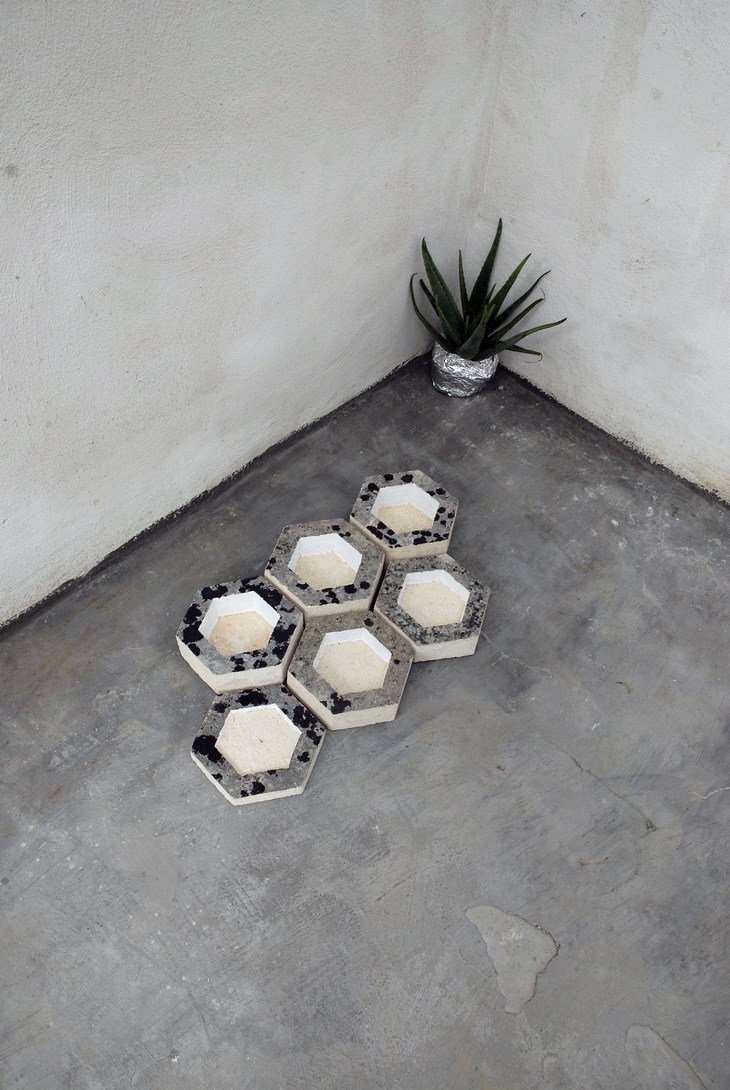 CALCARENITE SERIES / COSMA FRASCINA
CALCARENITE SERIES / COSMA FRASCINA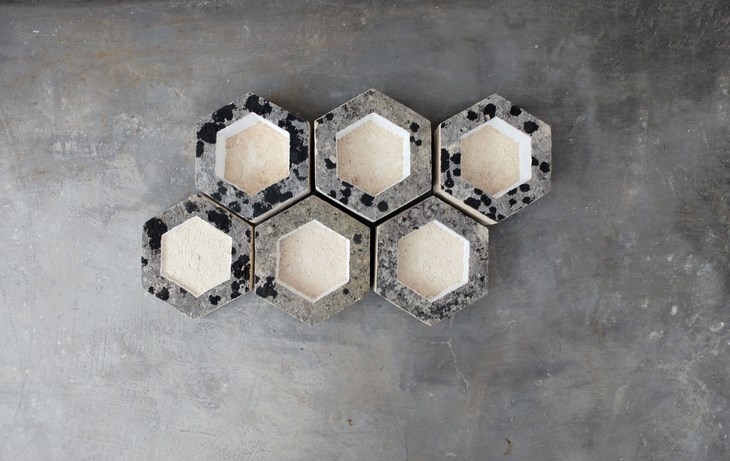 CALCARENITE SERIES / COSMA FRASCINA
CALCARENITE SERIES / COSMA FRASCINA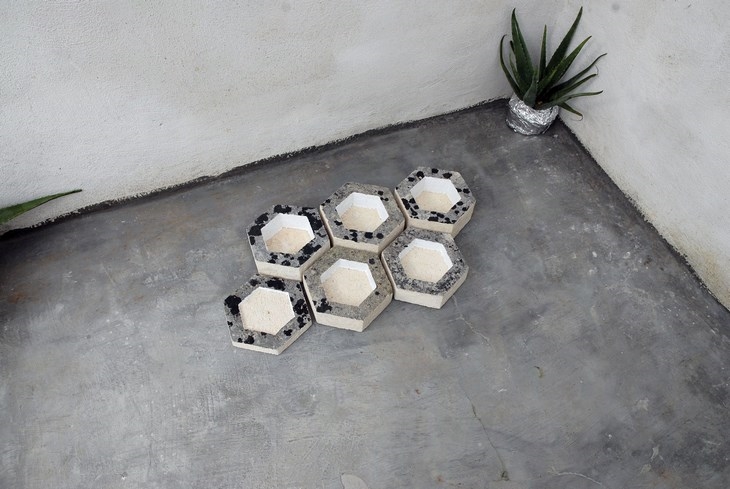 CALCARENITE SERIES / COSMA FRASCINA
CALCARENITE SERIES / COSMA FRASCINA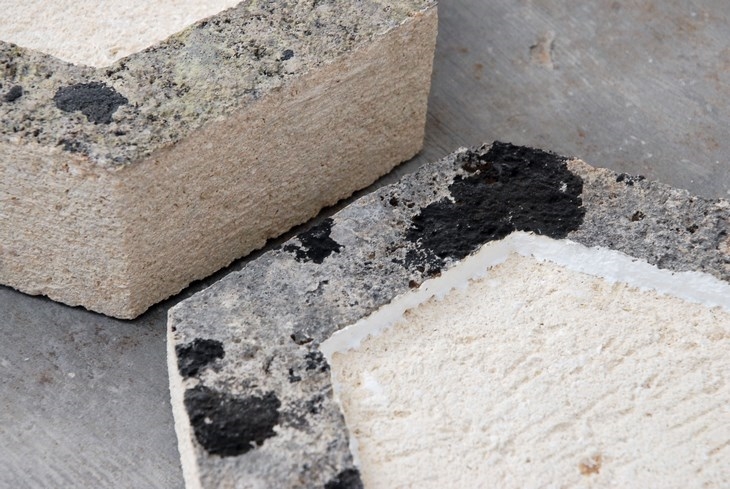 CALCARENITE SERIES / COSMA FRASCINA
CALCARENITE SERIES / COSMA FRASCINA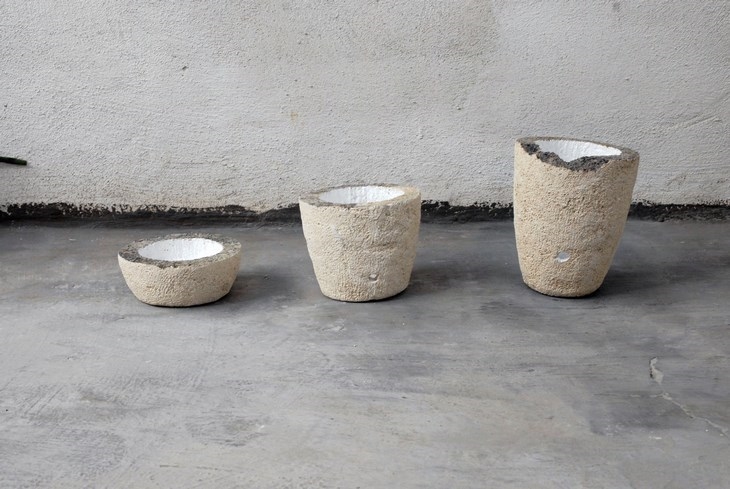 CALCARENITE SERIES / COSMA FRASCINA
CALCARENITE SERIES / COSMA FRASCINA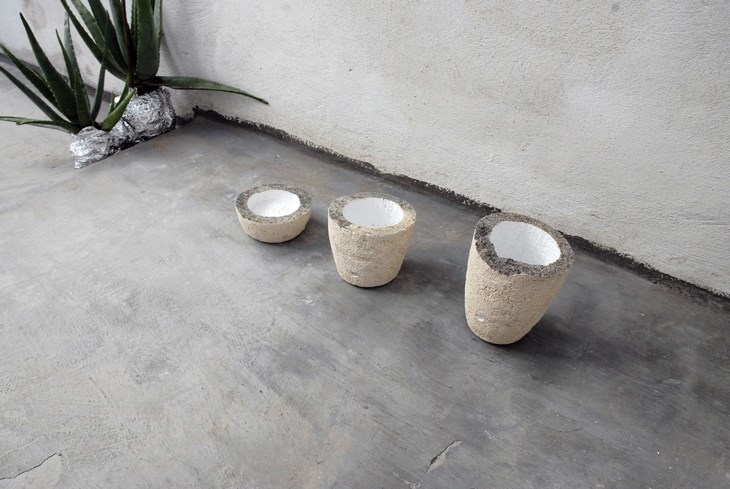 CALCARENITE SERIES / COSMA FRASCINA
CALCARENITE SERIES / COSMA FRASCINA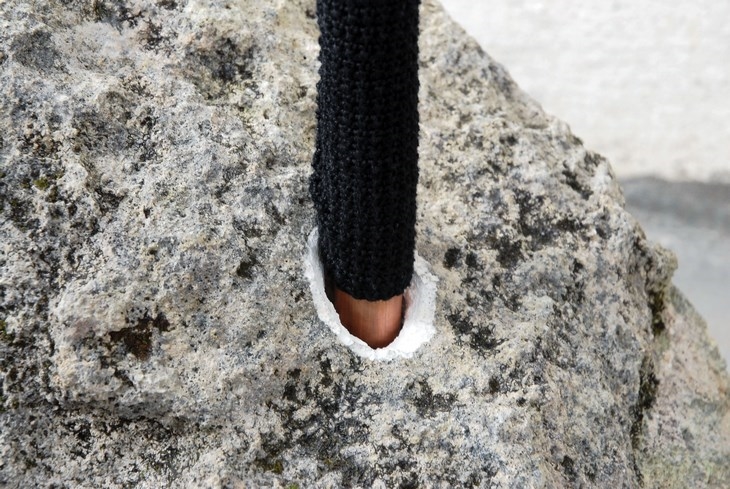 CALCARENITE SERIES / COSMA FRASCINA
CALCARENITE SERIES / COSMA FRASCINA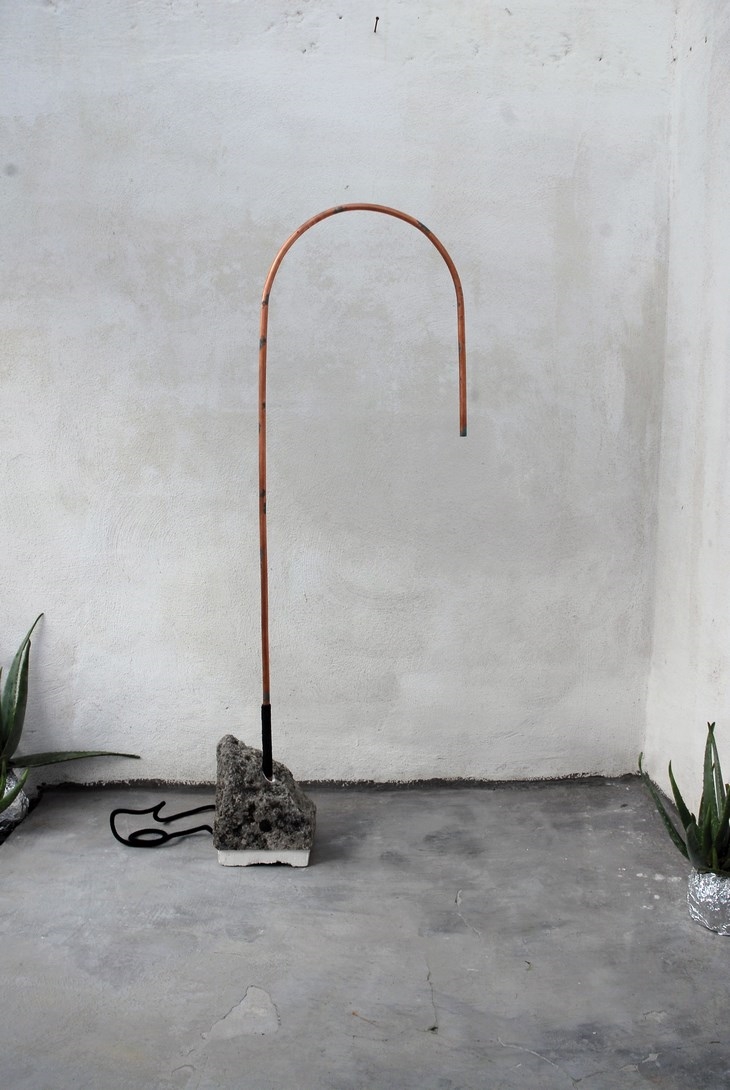 CALCARENITE SERIES / COSMA FRASCINA
CALCARENITE SERIES / COSMA FRASCINA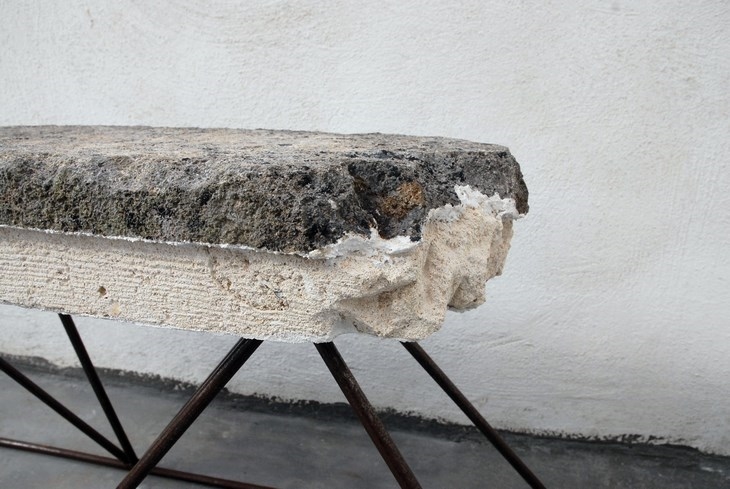 CALCARENITE SERIES / COSMA FRASCINA
CALCARENITE SERIES / COSMA FRASCINA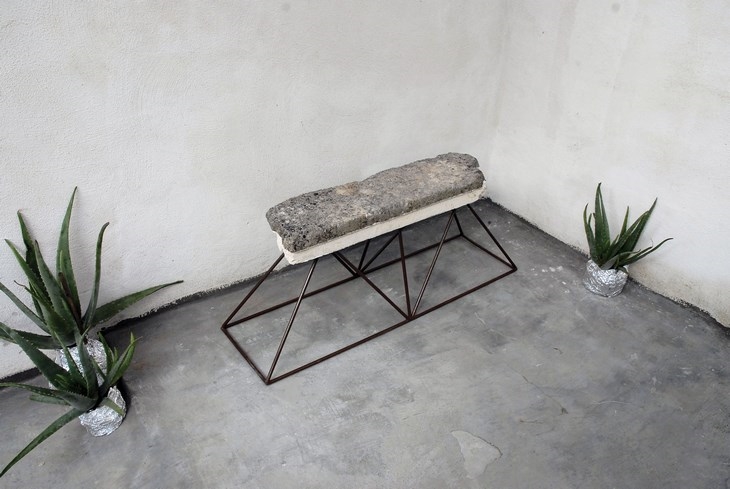 CALCARENITE SERIES / COSMA FRASCINA
CALCARENITE SERIES / COSMA FRASCINA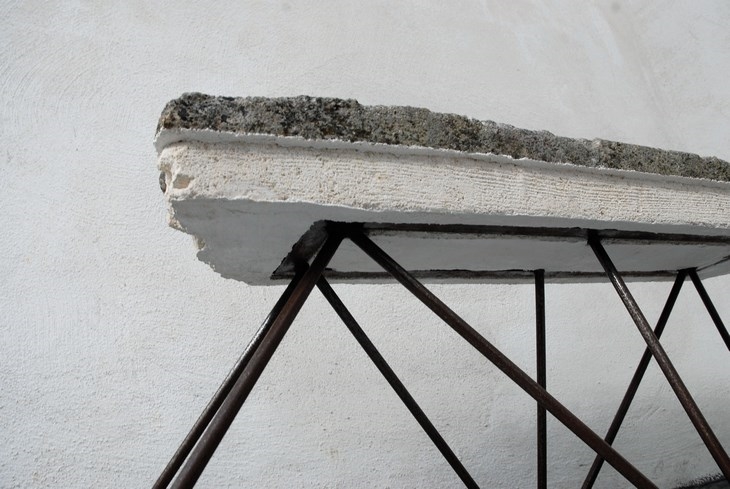 CALCARENITE SERIES / COSMA FRASCINA
CALCARENITE SERIES / COSMA FRASCINA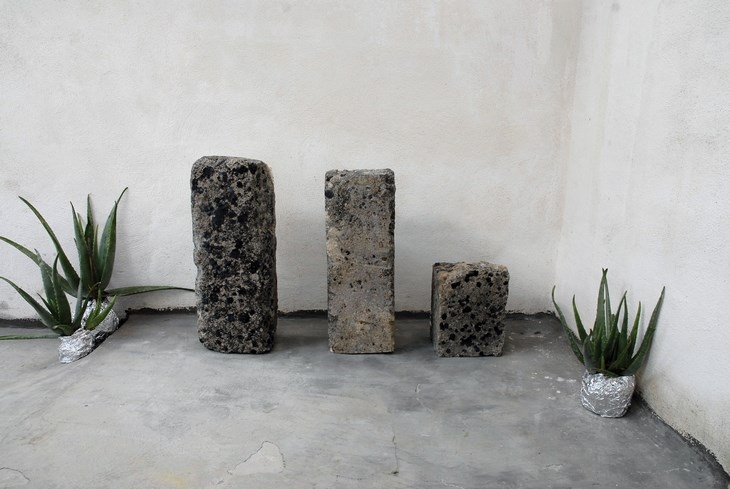 CALCARENITE SERIES / COSMA FRASCINA
CALCARENITE SERIES / COSMA FRASCINA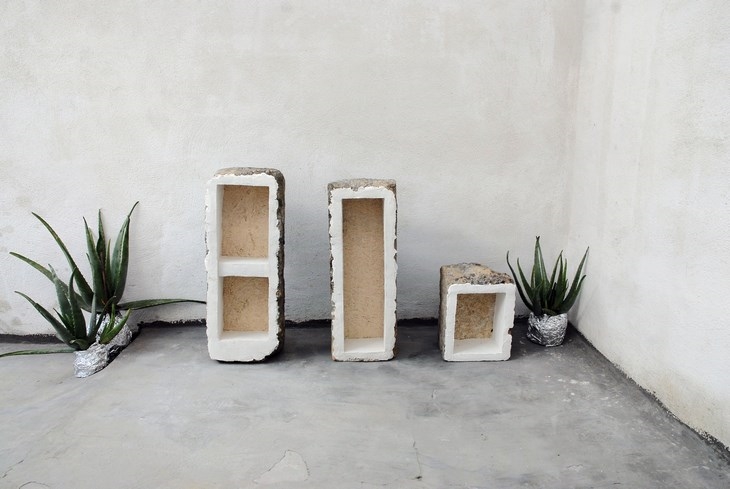 CALCARENITE SERIES / COSMA FRASCINA
CALCARENITE SERIES / COSMA FRASCINAREAD ALSO: OH! MY WOODNESS! SOFA / DEDE DEXTROUSDESIGN